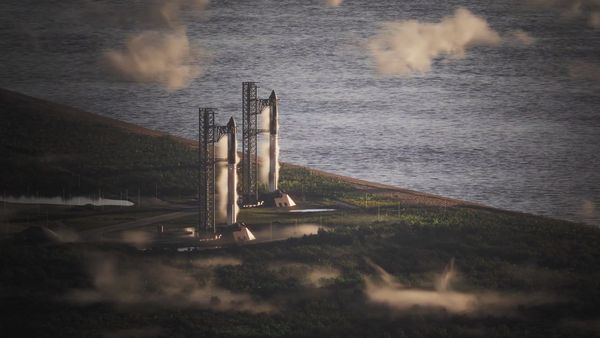
Giving the average worker a $2,700 income tax cut in return for widening the GST would be part of a major tax overhaul that could add a combined $158bn to the Australian economy.
Chris Murphy, an economist who provided the modelling for introduction of the GST and Ken Henry’s 2010 tax review, has outlined a $91bn shift in the tax mix, which includes replacing stamp duties with a land tax and taxing corporate super profits.
“Comprehensive tax reform stands out as a way of delivering large benefits compared to other areas of economic reform,” Murphy says in a newly released paper.
The proposed tax package would be budget neutral, according to Murphy’s estimates, but would lift real GDP by about 6%, boost business investment by 11% and increase the number of homes by 8%.
When announcing the roundtable on 18 June, Jim Chalmers raised hopes that the Albanese government was ready to tackle the thorny issue of tax.
The treasurer told the National Press Club that “no sensible progress can be made on productivity, resilience or budget sustainability without proper consideration of more tax reform”.
“I don’t just accept that, I welcome it,” Chalmers said at the time.
Sign up: AU Breaking News email
But the prime minister has proved less welcoming, telling journalists two weeks ago that “the only tax policy that we’re implementing is the one that we took to the election”.
The final sessions of the roundtable process, on Thursday, focused on a “better tax system”.
Murphy said shifting the tax base towards simpler and less-distortionary types of taxes was a useful starting point to think about potential reform.
He said in his modelling, “inefficient state conveyancing duty and land tax are abolished, with the revenue replaced by a broad-based land tax like municipal rates”.
“The company tax system is modified so that normal returns to capital are taxed less and economic rents and dividends are taxed more.
“To broaden tax bases, GST-free categories become taxable and the payroll tax threshold is cut by 75%, funding a large cut in personal income tax.”
Murphy estimates that 54% of Australian company taxes are based on so-called “economic rents”, such as super profits linked to oligopolistic sectors such as financial services, as well as rents from the country’s natural resources.
Murphy says the answer would be a different type of company tax that cuts company tax rate, but introduces another tax to better target those rents – such as the 5% net cashflow tax recently proposed by the Productivity Commission.
While the estimated benefits of these packages are large, the shifts in the tax base would be jarring.
For example, Murphy’s analysis shows getting rid of stamp duties on residential property purchases and state-based land taxes on investment properties would remove two very inefficient taxes.
But filling that budgetary hole would require a new land tax that would be equivalent to trebling municipal rates, Murphy said.
“The states have to get back the money from abolishing conveyancing and state land taxes,” he said.
Murphy said his next round of modelling would focus on the impact of the tax changes on the equity of the system, but that conceptually the household tax package – which included widening the net of the GST – would tend to raise the inequity of the tax system.
In contrast, the corporate and property changes would likely be progressive.
For example, Murphy said the evidence was that state land taxes drive up the cost of investing in property and artificially inflate rents.
“There would be winners and losers, but there’s a strong argument that if you are doing tax reform, then go the whole hog, because what you lose on one thing, you might pick it up on something else,” he said.







